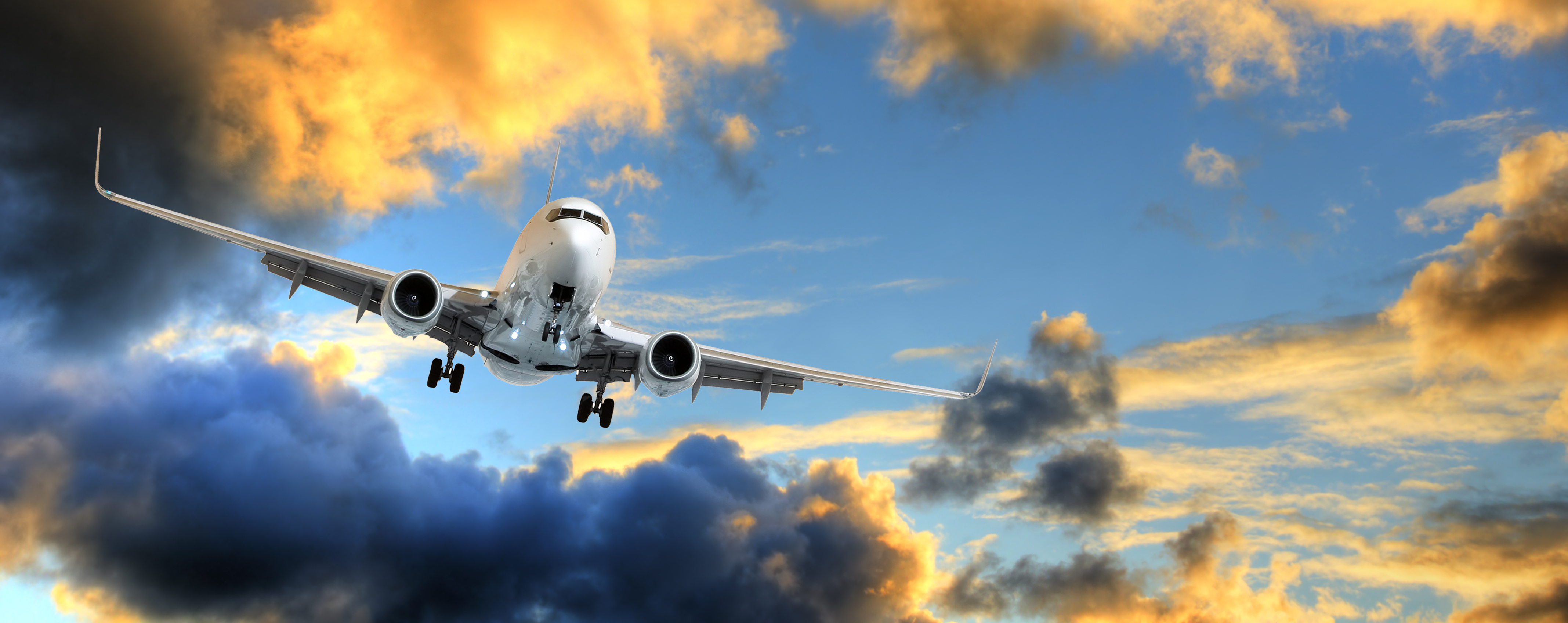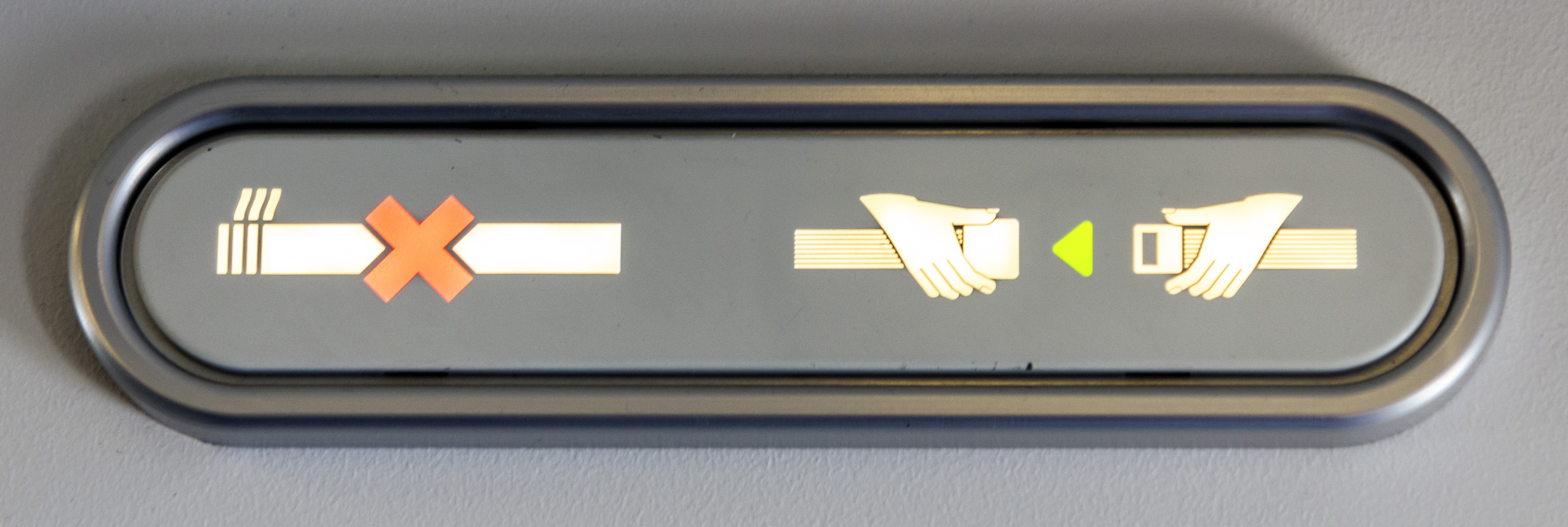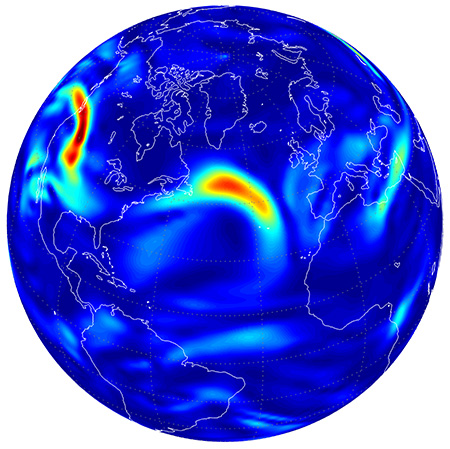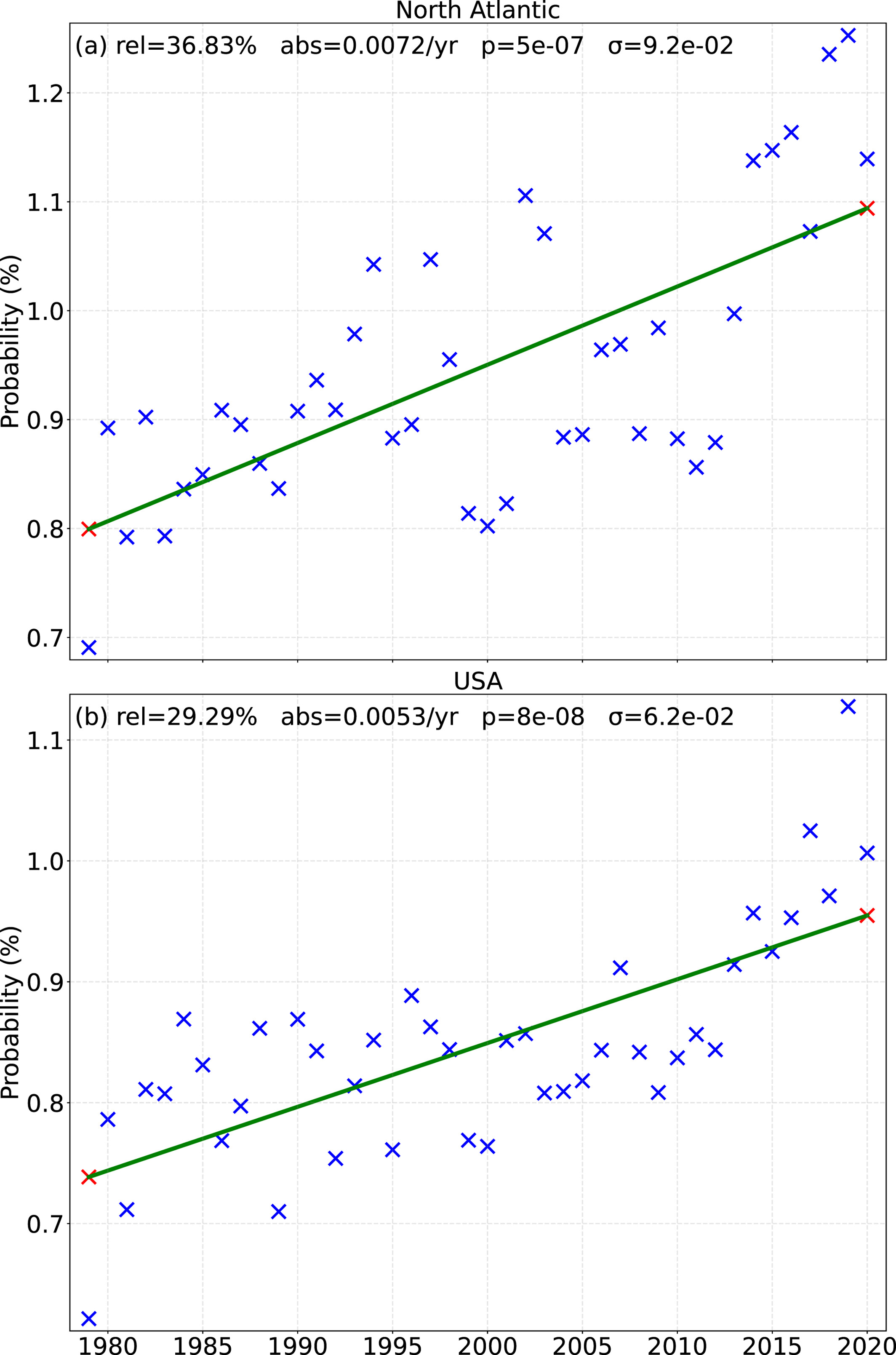

Fasten your seat belt: why flights are getting bumpier
by Kirsty McCabe, FRMetS
If you’ve ever flown on a plane, you’ll know that turbulence is no joke. Severe turbulence can lead to flight delays, create structural damage to planes and cause injuries, sometimes fatal, to passengers and crew. Unfortunately, climate change is increasing turbulence during flights, and the trend is set to worsen.

Turbulence is often associated with the towering cumulonimbus clouds of storm systems. But that kind of turbulence is usually easy to forecast and fly around. The turbulence you can’t see, clear-air turbulence (CAT), is way more dangerous. Unlike turbulence linked to clouds or storms, CAT cannot be detected ahead of time with on-board radar equipment. It is unpredictable and can occur so suddenly it doesn’t give flight crews a chance to turn on the seat belt sign.
What is Clear-Air Turbulence?
CAT is caused by vertical wind shear; sharp differences in wind speed or direction that occur with altitude. This invisible air movement doesn’t show up with any visual cues (like clouds), and often occurs when a large mass of moving air meets another air mass that’s moving at a different speed, for example when jet streams meet slower moving air. Jet streams are fast-moving currents of air that flow high above certain areas from west to east, for example from the US to Europe The strong winds of the jet stream are fueled by the temperature difference between the Earth’s polar regions and the equator. Many planes flying across the Atlantic ‘hitch a ride’ on the jet stream to get to Europe faster using less fuel.
The role of climate change
Climate change hasn’t led to uniform warming around the world, and it’s this differential warming that plays a key role in CAT. Warming is amplified near the poles at ground level, but at lower latitudes the effect is more pronounced at higher altitudes. That’s due to the larger amounts of water vapour in the atmosphere above the equator. As a greenhouse gas, water vapour encourages more warming, which allows the air to hold more water, which warms it further and so on. The result is an increased temperature difference across the jet stream, which drives an increase in wind speeds, more shear at the boundaries, and more turbulence.
Clear-air turbulence was long predicted to increase under climate change, but a new study from atmospheric scientist Paul Williams and colleagues from the University of Reading has painted the most detailed picture yet of the effects kicking in over the last four decades. Since 1979 (when satellite observations became available), CAT has increased significantly over the midlatitudes.

This simulation snapshot depicts areas of severe clear-air turbulence in a future world with an increased atmospheric concentration of carbon dioxide.
© Paul Williams
Light CAT, which causes rapid changes in altitude, increased by 17% from 1979 to 2020, and severe CAT, in which the aeroplane may momentarily be out of control and occupants are forced violently against their seat belts, increased by 55% in a typical spot in the North Atlantic — one of the world's busiest flight route.
Regions over western ocean basins are hot spots for CAT. This is partly because jet streams tend to be fastest over the ocean, but also because there is a large temperature contrast between ocean and land, especially in winter, due to their different specific heat capacities. These horizontal temperature gradients contribute to vertical wind shear, which in turn contribute to CAT.

The probability of moderately strong clear-air turbulence (when loose objects move around and people struggle to get around inside the cabin) over the USA from 1979 to 2020. Each cross represents the yearly average probability using 21 calculation methods.
© Paul Williams
Key findings
- The Northern Hemisphere has almost twice as much turbulence as the Southern Hemisphere.
- Increases in clear-air turbulence were highest over the North Atlantic and the USA. In the North Atlantic, there were 26 more hours of moderately strong turbulence in the year 2020 than in the year 1979, which is an increase of 37%. The USA had 19 more hours of moderately strong turbulence in this period, an increase of 29%.
- Areas over mountains have a higher probability of turbulence, as would be expected.
- Autumn and winter have more clear-air turbulence than spring and summer.
What does the future hold?
While the report shows that the US and North Atlantic have experienced the largest increases in CAT, other busy flight routes over Europe, the Middle East and the south Atlantic have also recorded significant increases in turbulence.
If the climate crisis continues we can expect two to three times as much severe turbulence by 2050 to 2080, according to Professor Williams. And the effects won’t be limited to the Atlantic. Other studies have found similar impacts across southeast China, the western Pacific and northern India, with severe turbulence due to CAT in those regions projected to increase by about 15% by 2059.
Along with bumpier flights, a continuing increase in CAT may mean longer trips and the consumption of more jet fuel to avoid dangerously unstable air.




